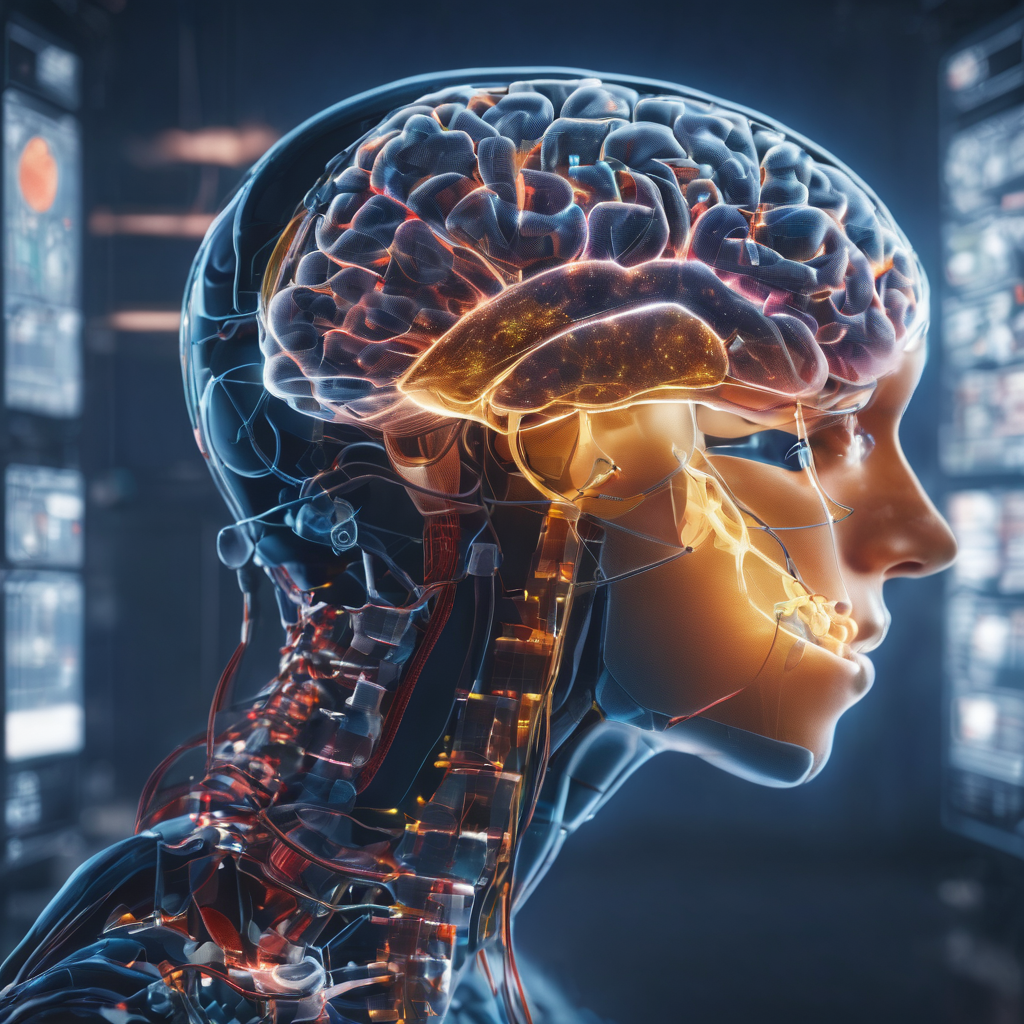Artificial Intelligence (AI) has shown promising advancements in various healthcare sectors, including the management, diagnosis, and rehabilitation of stroke. Stroke, a leading cause of disability and death worldwide, requires rapid and accurate diagnosis and treatment to minimize brain damage and improve outcomes. AI technologies, particularly machine learning and deep learning, are being integrated into stroke care pathways to enhance efficiency, accuracy, and patient outcomes in several ways:
1. Early Detection and Diagnosis
- Imaging Analysis: AI algorithms are particularly adept at analyzing medical images, such as CT scans and MRIs, to quickly identify signs of stroke, such as blood clots or bleeding in the brain. These algorithms can detect subtle changes that may be overlooked by human eyes, enabling faster diagnosis and the initiation of treatment.
- Prediction Models: AI can analyze vast amounts of data, including patient history, lifestyle factors, and genetic information, to predict an individual’s risk of having a stroke. This can lead to early interventions to prevent stroke occurrence.
2. Treatment Decision Support
- Treatment Recommendations: Once a stroke is detected, AI systems can assist in determining the most appropriate treatment plan based on the type of stroke, its location, and the severity of the blockage or bleed. For ischemic strokes (caused by blood clots), AI can help in deciding whether a patient is a good candidate for thrombolytic therapy (clot-busting drugs) or mechanical thrombectomy (physical removal of the clot).
- Personalized Medicine: AI models can predict how different patients might respond to various treatments based on historical data from similar cases, potentially offering more personalized and effective treatment plans.
3. Rehabilitation
- Customized Rehabilitation Programs: AI can be used to tailor rehabilitation programs to the specific needs of stroke survivors. By analyzing progress in real-time, AI systems can adjust exercises and therapy sessions to maximize recovery.
- Virtual Reality and Robotics: AI-driven technologies, such as virtual reality (VR) and robotic assistants, can provide engaging and adaptive rehabilitation exercises. These technologies can help patients regain motor skills and improve cognitive functions by simulating real-life challenges in a controlled environment.
4. Monitoring and Prevention of Recurrence
- Wearable Devices: AI-powered wearable devices can monitor vital signs and detect abnormalities that may indicate an increased risk of a recurrent stroke. These devices can alert patients and healthcare providers to take preventive measures.
- Lifestyle and Medication Adherence: AI applications can also support patients in managing risk factors for stroke, such as hypertension, atrial fibrillation, and diabetes, by monitoring medication adherence and suggesting lifestyle adjustments.
Challenges and Considerations
While AI holds great promise in transforming stroke care, there are challenges to its widespread adoption, including:
- Data Privacy and Security: Ensuring the privacy and security of patient data is paramount.
- Bias and Generalizability: AI models must be trained on diverse datasets to ensure their recommendations are accurate across different populations.
- Integration into Clinical Workflows: Healthcare systems must adapt to integrate AI tools seamlessly into existing clinical workflows without disrupting care delivery.
- Regulatory Approval: AI-based medical devices and software undergo rigorous regulatory scrutiny to ensure they are safe and effective.
In conclusion, AI has the potential to revolutionize stroke care by enhancing early detection, supporting decision-making in treatment, personalizing rehabilitation programs, and preventing recurrence. As research progresses and technology advances, AI is expected to play an increasingly significant role in reducing the burden of stroke on individuals and healthcare systems worldwide.





